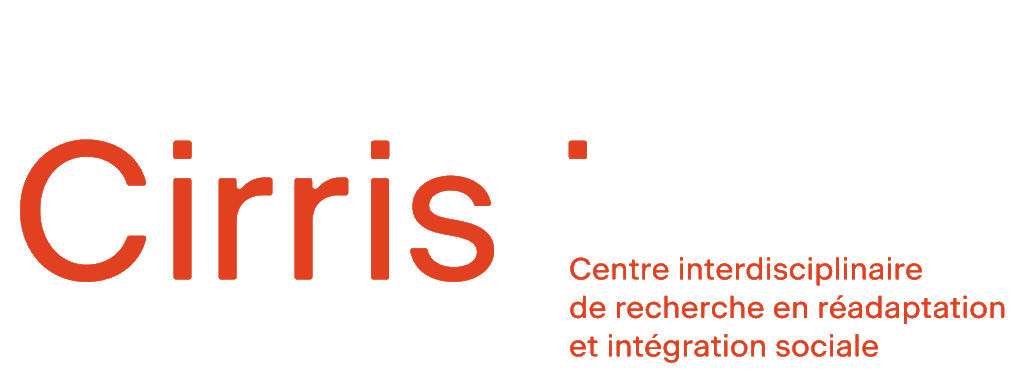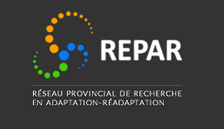What can be done to ensure that a partnership is beneficial to all stakeholders ?
François Routhier, Prof. Université Laval, Researcher at Cirris.
Two ways to ensure a successful partnership for all parties are reported.
Subtitles available
LSQ Version - Quebec sign language
References
Text content
Hello, my name is François Routhier. I am a professor in the Department of Rehabilitation at Laval University and also a researcher at the Centre interdisciplinaire de recherche en réadaptation et intégration sociale (CIRRIS) of the CIUSSS de la Capitale-Nationale in Quebec City. In this video, I present two ways ensure a successful partnership where everyone and every organization benefits. The first step is the development of a written partnership agreement that makes explicit the needs that are common to both researchers and partners, whether the partners are from the community, a level of government, a clinical setting or even a private company. Such a formal agreement will help establish a lasting relationship that is based on realistic expectations about the commitments, roles and responsibilities of each individual and organization. These agreements are also intended to ensure that partners with less authority and fewer resources receive fair and equitable benefits in carrying out the joint project. The agreement will allow its partners to have real decision-making power within the partnership. It is therefore a very useful reference tool for the team throughout the implementation of a project. It is therefore important to focus on such an agreement at the beginning of the partnership, even before power relationships are established. In addition to the roles and responsibilities of each individual and each organization, which could be called the contractual relationship, these partnership agreements will include, for example, a clear description of common interests, a specification of the time spent by each individual and each organization on the project, and a financial contribution if there is one. Management mechanisms, including conflict management, how the results will be used by each party, financial compensation to partners if any, and also the duration of the partnership. There are also more general elements that describe each organization’s support for research collaboration in research, and this, beyond the relationship between individual researchers and partners. This type of element will contribute to the long-term sustainability of the partnership beyond a specific project. Finally, we can find different elements that protect the independence of the researchers and students involved in the project. Setting up a steering committee is another way to ensure that the agreed-upon partnership project runs smoothly and efficiently. Such a committee allows for open discussion of each other’s interests. It is not necessarily intended to discuss detailed aspects of the research. This type of aspect can be discussed in other more specific meetings, in smaller groups, etc. A first meeting of a steering committee before the beginning of the project will allow to clarify the expectations on the governance. One of the objectives can also be to get to know each other, we can introduce ourselves, discuss the various research experiences we may have had, our expectations regarding partnership research, etc. Thereafter, regular, but not necessarily frequent meetings, will keep communication active within the team. There should also be a person responsible for communications on the steering committee, such as a research coordinator, whose role would be to keep everyone informed about the planning of the project’s schedule. A steering committee ensures a certain transparency in the implementation of the project, which is essential to establish a relationship of trust throughout the project, i.e. from its ideation to the appropriation or implementation of the results by the partner(s).




